Home>Articles>How To Choose The Right Color To Paint Basement
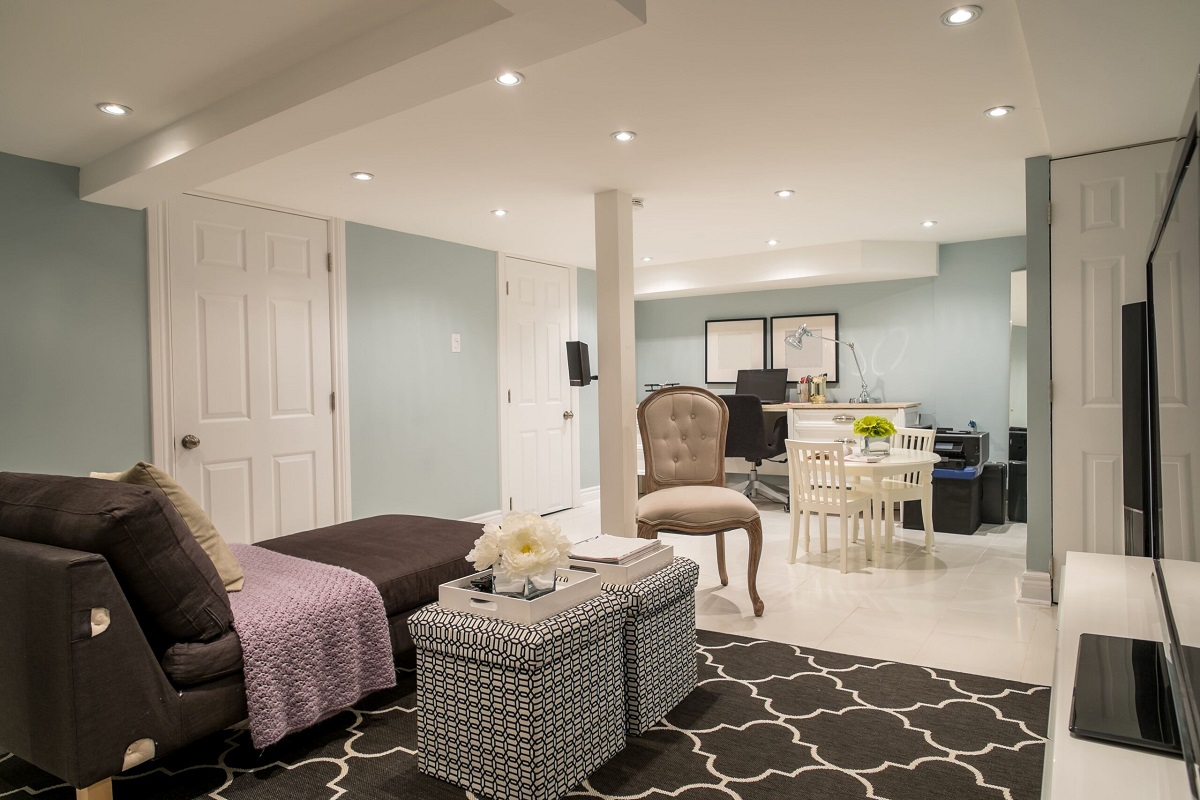

Articles
How To Choose The Right Color To Paint Basement
Modified: January 5, 2024
Discover the perfect articles for choosing the best color to paint your basement. Get expert tips and advice to transform your space into a cozy and inviting retreat.
(Many of the links in this article redirect to a specific reviewed product. Your purchase of these products through affiliate links helps to generate commission for Storables.com, at no extra cost. Learn more)
Introduction
The basement is often an overlooked and underutilized space in many homes. However, with the right design and color choices, it can be transformed into a functional and inviting area. One of the key elements in basement design is the choice of paint color. The color you choose for your basement can have a significant impact on the overall look and feel of the space.
When choosing a paint color for your basement, it’s important to consider a few factors. The first factor to consider is the purpose of the space. Will it be used as a family room, home office, gym, or entertainment area? Each of these functions may require a different color scheme to create the desired atmosphere.
Another important factor is the amount of natural light that enters the basement. Most basements have limited natural light, so the right paint color can help brighten up the space and make it feel more welcoming. Additionally, you’ll want to consider the size and layout of your basement, as well as any existing architectural features or design elements that you want to highlight or downplay.
Now that we’ve discussed the factors to consider, let’s explore some popular paint colors for basements and how they can transform the space.
Key Takeaways:
- Transform your basement into a functional and inviting space by carefully choosing the right colors and implementing various painting techniques. Consider factors unique to your basement to create the desired atmosphere.
- Light and bright colors are perfect for basements with limited natural light, while neutral, cool, warm, and bold colors each bring their own unique ambiance. Experiment with different color combinations and painting techniques to make your basement truly unique and visually stunning.
Factors to Consider
When deciding on a color for your basement, there are several important factors to consider. These factors will help guide your decision-making process and ensure that the chosen color enhances the overall look and feel of the space.
Natural Light: Basements typically have limited natural light, so it’s important to choose a color that can help make the space feel brighter and more open. Lighter colors tend to reflect light and create an illusion of more space. Consider using shades of white, cream, or pastel colors to brighten up the basement.
Function of the Space: The purpose of your basement will also play a significant role in determining the color palette. If you’re transforming it into a home office, you may want to choose neutral colors that create a calm and focused environment. On the other hand, if you’re creating a playroom or entertainment area, you might opt for bold and vibrant colors that energize the space.
Existing Elements: Take into account any existing architectural features or design elements in your basement that you want to highlight or downplay. For example, if you have exposed brick walls, you might want to choose colors that complement the warm tones of the bricks. If you have a lot of wood accents, consider colors that enhance the natural beauty of the wood.
Personal Preference: Ultimately, your personal taste and style should be a guiding factor in your color selection. Consider colors that you find visually appealing and that reflect your personality. Don’t be afraid to experiment with different shades and hues to create a unique and personalized look.
Overall Aesthetic: Think about the overall aesthetic and mood you want to create in your basement. Do you want a cozy and intimate space, or a bright and airy one? Different colors can evoke different emotions and set the tone for the room. Consider the desired ambiance when choosing your color palette.
By carefully considering these factors, you can make an informed decision about the color for your basement that will enhance the space and create the atmosphere you desire.
Light and Bright Colors
Light and bright colors are an excellent choice for basements that lack natural light. These colors have the ability to reflect light and create an illusion of more space, making the basement feel brighter and more open.
White is a popular choice for basement walls, as it not only brightens up the space but also provides a clean and fresh look. However, pure white can sometimes appear stark or clinical. To add warmth, consider opting for off-white or cream shades. These colors can create a cozy and inviting atmosphere, while still maintaining the brightness of the room.
Pastel colors are another great option for a light and airy basement. Shades like pale blue, mint green, or soft yellow can add a delicate touch to the space. They create a soothing and tranquil environment, making the basement feel like a serene retreat.
If you want to add some depth and dimension to the walls, you can consider using light gray tones. Gray is a versatile color that pairs well with various accents and furniture styles. It adds a touch of elegance to the basement while maintaining its brightness.
In addition to the walls, the choice of a light color for the ceiling is also essential. A white or off-white ceiling can help bounce light around the room, making the basement feel more spacious. Avoid using dark colors on the ceiling, as they can make the space appear smaller and more enclosed.
When using light and bright colors in your basement, consider incorporating pops of color through décor and accessories. This can add visual interest and prevent the space from feeling too monotonous. You can introduce colorful throw pillows, artwork, or rugs to bring life to the room.
Overall, light and bright colors are an effective way to transform a dark and dingy basement into a welcoming and refreshing space. They create an atmosphere of openness and can make the room feel larger than it actually is. So, if you’re looking to brighten up your basement, consider painting it with a light and bright color palette.
Neutral Colors
Neutral colors are a timeless and versatile choice for basement walls. They create a neutral backdrop that can easily complement a variety of design styles and furniture choices. Neutral colors also have the ability to create a calming and soothing atmosphere in the basement.
Gray is a popular neutral color choice for basements. It comes in a range of shades, from light gray to charcoal, allowing you to find the perfect tone to suit your aesthetic. Lighter shades of gray can make the space feel modern and sophisticated, while darker shades can create a more intimate and cozy ambiance.
Beige and taupe are other neutral colors that work well in basements. These warm, earthy tones can add a sense of warmth and comfort to the space. They pair well with a variety of accent colors, making it easy to switch up the décor and accessories as desired.
For a crisp and clean look, consider using white as a neutral color in your basement. White walls can create a fresh and airy feel, and they also allow other elements in the room to stand out. However, be mindful of keeping the space from feeling too sterile by incorporating texture and color through furniture, rugs, and accessories.
One advantage of using neutral colors in the basement is their versatility. They provide a blank canvas that allows you to change the overall look and feel of the space with ease. Whether you prefer a minimalist, Scandinavian-inspired design or a more eclectic and bohemian style, neutral colors can seamlessly adapt to your vision.
When using neutral colors, pay attention to the lighting in your basement. The amount and type of lighting can affect how the neutral colors appear in the space. Consider using warm or cool lighting to complement the chosen neutral color and create the desired ambiance.
Neutral colors can work well in combination with other colors too. For example, you can add pops of color through accent pieces, such as colorful throw pillows, artwork, or curtains. This can help bring life to the basement and prevent it from feeling too monotonous.
Overall, neutral colors provide a timeless and versatile option for basement walls. They create a calming and flexible backdrop that can easily adapt to different design styles and personal preferences. So, if you’re looking for a safe and stylish choice for your basement, neutral colors are definitely worth considering.
Cool Colors
Cool colors are known for their ability to create a calm and serene atmosphere in any space. They are often associated with feelings of tranquility and relaxation. Using cool colors in your basement can help create a soothing retreat and make the space feel refreshing and inviting.
Shades of blue are a popular choice when it comes to cool colors. Light blues, such as sky blue or powder blue, can create a sense of openness and airiness in the basement. They evoke a beach or coastal vibe and can make the space feel more expansive. Darker shades of blue, like navy or indigo, can create a more luxurious and cozy feel, perfect for a basement lounge or entertainment area.
Green is another cool color that can bring a sense of nature and tranquility into your basement. Light greens, like mint or sage, can create a refreshing and calming effect, reminiscent of a garden oasis. Darker greens, such as olive or forest green, can add depth and richness to the space, creating a cozy and intimate atmosphere.
Purple, with its cool undertones, can also be a great choice for basements. Pale lilacs or lavender shades can create a dreamy and whimsical feel. Deeper purples, like eggplant or plum, can add a touch of drama and sophistication to the space.
When using cool colors in your basement, it’s important to consider the lighting in the space. Cool colors can sometimes appear cooler and darker in natural or dim lighting, so make sure to choose the right shade that complements the available light. Also, consider adding appropriate lighting fixtures to enhance the cool colors and make them pop.
Pairing cool colors with neutral tones can create a balanced and harmonious look. Incorporating elements like white or beige furniture, light-colored wood accents, or metallic accessories can help bring a sense of balance to the cool color palette.
Additionally, consider adding texture to the basement walls to add visual interest and depth. This can be achieved through techniques like color wash or using textured wallpaper. Experimenting with different textures can enhance the cool color scheme and make the basement feel more inviting.
Overall, cool colors can create a serene and inviting atmosphere in your basement. They evoke a sense of tranquility and can make the space feel like a relaxing retreat. Whether you opt for shades of blue, green, or purple, cool colors can transform your basement into a soothing and peaceful haven.
When choosing a color to paint your basement, consider light, neutral tones to brighten the space. Light grays, creams, and soft blues can make the room feel more open and inviting. Avoid dark colors that can make the space feel smaller and more closed-in.
Warm Colors
Warm colors add a touch of coziness and comfort to any space, making them a great choice for basements. These colors, inspired by the colors of nature, evoke a sense of warmth, energy, and vibrancy. Using warm colors in your basement can create a welcoming and inviting atmosphere.
Shades of red are bold and powerful warm colors that can make a statement in your basement. Rich, deep reds, like burgundy or wine, create a sense of warmth and luxury. Lighter shades, such as coral or terracotta, can add a cozy and inviting feel to the space. However, be mindful that red can be an intense color, so use it as an accent or in combination with other colors to avoid overwhelming the space.
Yellow is another warm color that brings brightness and cheerfulness to a basement. Soft yellows, like buttercup or sunflower, can create a warm and sunny ambiance. They can make the space feel more open and energized. However, be cautious when using vibrant yellows, as they can be overpowering in a small basement. Consider using them as accents or in combination with other colors to balance the look.
Orange is a warm color that can add a sense of excitement and enthusiasm to your basement. Burnt orange or terracotta shades can create a cozy and inviting feel, reminiscent of autumn hues. This color works well in basements that are used as entertainment areas or for family gatherings, as it encourages socialization and conversation.
Muted earthy tones, such as browns and beiges, can also create a warm and inviting atmosphere in your basement. These colors can add a sense of stability and grounding to the space. Consider using them on accent walls or as a base color, and then layering with other warm tones to create a rich and inviting palette.
When using warm colors, be aware of their impact on the perceived size of the space. Warm colors can make a basement feel smaller and more intimate. If you have a small basement, consider using warm colors as accents or in moderation to avoid overwhelming the space.
Pair warm colors with complementary neutral tones to create a balanced and harmonious look. Beige, cream, or light gray can help tone down the intensity of warm colors and provide a sense of contrast. This combination creates a cozy and inviting vibe in the basement.
Overall, warm colors can transform your basement into a welcoming and cozy space. Whether you choose fiery shades of red, sunny yellow, or earthy browns, warm colors bring a sense of comfort and energy to the room. So, if you want to create a warm and inviting atmosphere in your basement, consider incorporating warm colors into your design palette.
Bold and Vibrant Colors
If you’re looking to make a bold statement in your basement, consider using vibrant and bold colors. These colors can add a burst of energy and personality to the space, creating a lively and eye-catching environment. When used strategically, bold colors can transform your basement into a vibrant and memorable space.
One option is to go for a dramatic accent wall in a bold color. Shades of deep blue, like cobalt or royal blue, create a sense of depth and richness. They can be used to create a focal point in the room or to highlight architectural features. A bold blue accent wall can serve as a backdrop for artwork or a media area, adding a touch of sophistication and drama to the space.
Yellow is another bold color that can bring a cheerful and energetic vibe to your basement. Bold shades of yellow, such as lemon or golden yellow, infuse the space with positivity and warmth. Use yellow as an accent color to add pops of excitement throughout the room, whether through furniture, accessories, or artwork.
For a vibrant and audacious look, consider using shades of red as the main color scheme. Red is associated with energy, passion, and strength. Use bold reds, like crimson or fire engine red, sparingly to create a stunning impact. It can be used on an accent wall paired with neutral colors to balance the intensity of the red and create a visually striking focal point.
Green is a versatile color that can be used boldly in your basement. Consider using shades of lime green or emerald green to create a lively and refreshing atmosphere. Green is associated with nature and can bring a sense of rejuvenation and harmony to the space.
When using bold and vibrant colors, it’s important to consider the size and layout of your basement. These colors can be quite intense, so make sure the space can handle the boldness without feeling overwhelming or cramped. If you have a smaller basement, consider using bold colors as accents or in smaller doses to create a visually interesting and dynamic look.
Pairing bold colors with neutral tones can create a balanced and harmonious look. For example, pairing a bold blue with gray or a vibrant yellow with white can allow the bold color to pop while maintaining a sense of balance and sophistication.
Ultimately, incorporating bold and vibrant colors into your basement design can create a visually stunning and dynamic space. Whether you choose to have an accent wall or an overall bold color scheme, these colors can bring personality and excitement to your basement, making it a memorable and engaging area.
Color Combinations
Choosing the right color combinations for your basement can create a cohesive and visually appealing space. By combining different colors, you can achieve a desired mood or style and make the basement feel even more inviting. Here are a few color combinations to consider:
Neutral and Accent Color: One popular approach is to use neutral colors as the base and add accents of bolder or brighter colors. For example, a neutral color scheme of gray or beige walls can be paired with vibrant accents of red, blue, or yellow. This combination allows for flexibility and creates a balanced look.
Analogous Colors: Analogous color schemes involve choosing colors that are adjacent to each other on the color wheel. This creates a harmonious and cohesive look. For instance, a combination of blues and greens can create a calming and nature-inspired atmosphere in the basement.
Complementary Colors: Complementary colors are opposites on the color wheel and can create a vibrant and eye-catching effect. This combination provides a high level of contrast and can make certain elements or features in the basement stand out. For example, pairing shades of blue with orange or purple with yellow can create a striking visual impact.
Monochromatic Colors: If you prefer a more subtle and minimalistic look, a monochromatic color scheme may be the way to go. This involves using different shades and tones of a single color. For instance, varying shades of gray or different tones of blue can create a sophisticated and cohesive look in the basement.
Warm and Cool Colors: Combining warm and cool colors can create a balanced and visually stimulating space. For example, pairing warm shades of red or orange with cool blues or greens can create a dynamic and energetic atmosphere in the basement.
When choosing color combinations, consider the size and layout of your basement, as well as the lighting conditions. Lighter colors and softer combinations can make a smaller basement feel more open and spacious, while darker or bolder combinations can add depth and drama to a larger basement.
Remember that color combinations should reflect your personal style and the mood you want to create in the basement. You can experiment with different combinations, create sample boards, or seek inspiration from design magazines and online resources.
By carefully selecting color combinations, you can transform your basement into a visually appealing and inviting space that reflects your personal taste and creates the ambiance you desire.
Painting Techniques for Basements
When painting your basement, there are several techniques you can use to add depth, texture, and visual interest to the space. These techniques can help transform a plain and boring basement into a stylish and unique area. Here are a few painting techniques to consider:
Color Blocking: Color blocking involves painting different sections of the walls or different walls in distinct colors. This technique can create a modern and bold look in the basement. You can use painter’s tape to create clean lines and separate the colors, or you can go for a more abstract approach and paint freehand geometric shapes or patterns.
Ombre Effect: The ombre effect involves blending different shades of the same color from light to dark, creating a gradient effect. This technique adds depth and visual interest to the walls. It works particularly well on an accent wall or as a feature behind shelving or artwork. To achieve the ombre effect, start by painting the bottom of the wall with the darkest shade and gradually lighten the color as you move up.
Stripes: Painting stripes on the walls can create a sense of height and elongate the space. Vertical stripes can make the basement feel taller, while horizontal stripes can make it feel wider. Use painter’s tape to create clean and straight lines. Play with different widths and colors to achieve the desired look.
Faux Finishes: Faux finishes involve using painting techniques to mimic the appearance of materials like wood, stone, or marble. This technique can add texture and depth to the basement walls. For example, a faux wood finish can create a rustic and warm atmosphere, while a faux stone finish can add an element of elegance and sophistication.
Sponging: Sponging involves using a sponge to dab paint onto the walls, creating a textured and mottled effect. This technique works well with lighter or neutral colors and can add depth and visual interest to the walls. To achieve the sponging effect, dip a natural sponge into the paint and then lightly dab it on the walls in a random pattern.
Stenciling: Stenciling allows you to create intricate patterns or designs on the walls. It can add a touch of sophistication and uniqueness to the basement. Use stencils to create repeating patterns or focal points on the walls. Consider using metallic paints or different shades of the same color to create a visually appealing effect.
Before implementing any painting technique, make sure to prepare the walls properly by cleaning and priming them. This ensures a smooth and durable finish. Additionally, test the technique on a small section of the wall or on a sample board to see how the colors and textures interact before committing to the entire space.
By using these painting techniques, you can transform your basement walls into works of art. The technique you choose will depend on your personal style and the overall look you want to achieve. Don’t be afraid to get creative and experiment with different techniques to make your basement truly unique and visually stunning.
Conclusion
Painting your basement can significantly impact the overall look and feel of the space. By carefully choosing the right colors and implementing various painting techniques, you can transform your basement into a functional and inviting area that reflects your personal style and meets your specific needs.
Consider the factors that are unique to your basement, such as the amount of natural light, the purpose of the space, and any existing architectural features. These factors will guide your color choices and help create the desired atmosphere.
Light and bright colors are perfect for basements with limited natural light, as they can make the space feel brighter and more open. Neutral colors provide a timeless and versatile option that complements a variety of design styles. Cool colors create a calming and serene environment, while warm colors bring coziness and energy to the space. Bold and vibrant colors add a pop of personality and create impact.
When choosing colors, consider using different color combinations to create a harmonious and visually appealing look. Whether you opt for analogous, complementary, or monochromatic schemes, the right combination can enhance the aesthetic of your basement.
Don’t be afraid to experiment with different painting techniques to add depth and texture to your walls. From color blocking to faux finishes, each technique offers a unique way to make your basement walls stand out.
Remember to consider the size and layout of your basement, as well as the lighting conditions, when choosing colors and implementing techniques. This will ensure a balanced and visually pleasing result.
In conclusion, painting your basement is a fantastic opportunity to transform a forgotten space into a functional and visually appealing area. With the right colors, combinations, and techniques, you can create a basement that reflects your style, enhances the space, and brings new life to your home.
Frequently Asked Questions about How To Choose The Right Color To Paint Basement
Was this page helpful?
At Storables.com, we guarantee accurate and reliable information. Our content, validated by Expert Board Contributors, is crafted following stringent Editorial Policies. We're committed to providing you with well-researched, expert-backed insights for all your informational needs.
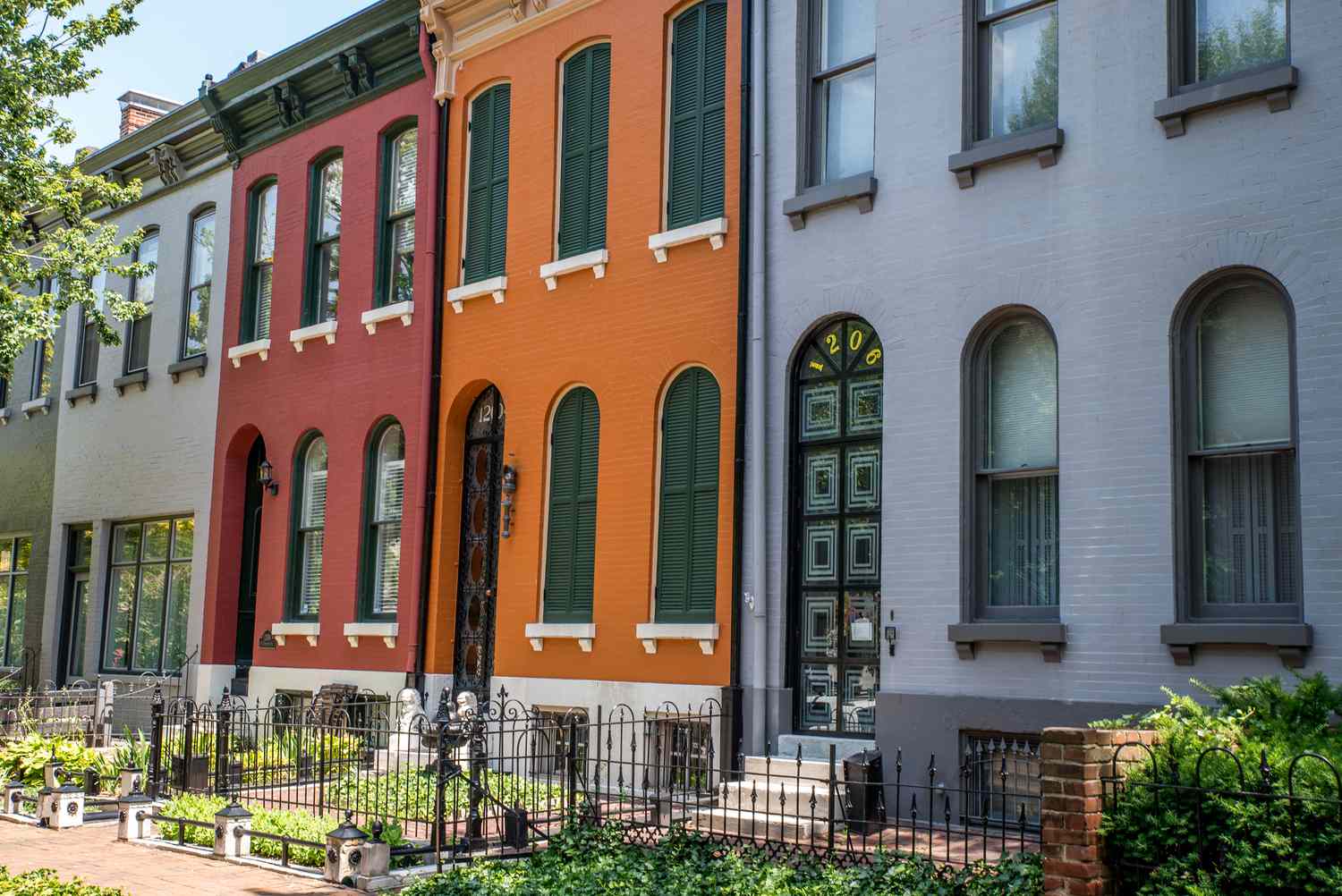

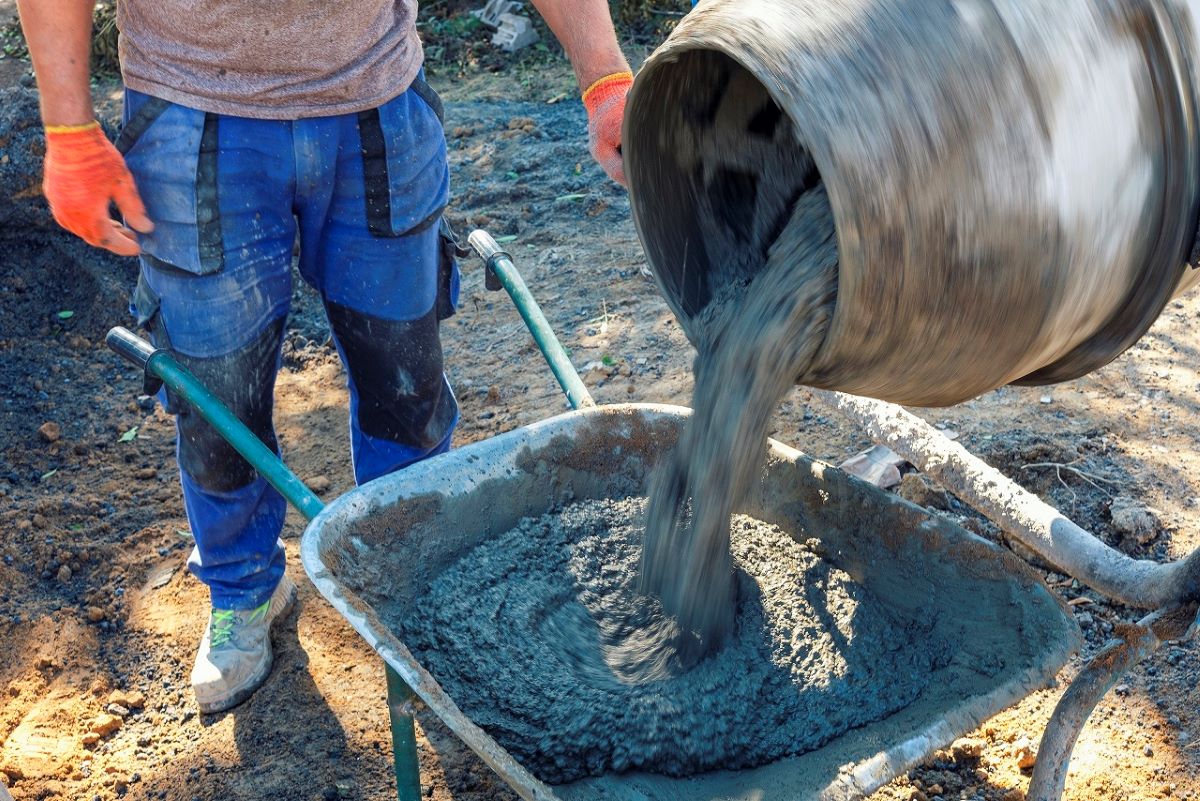
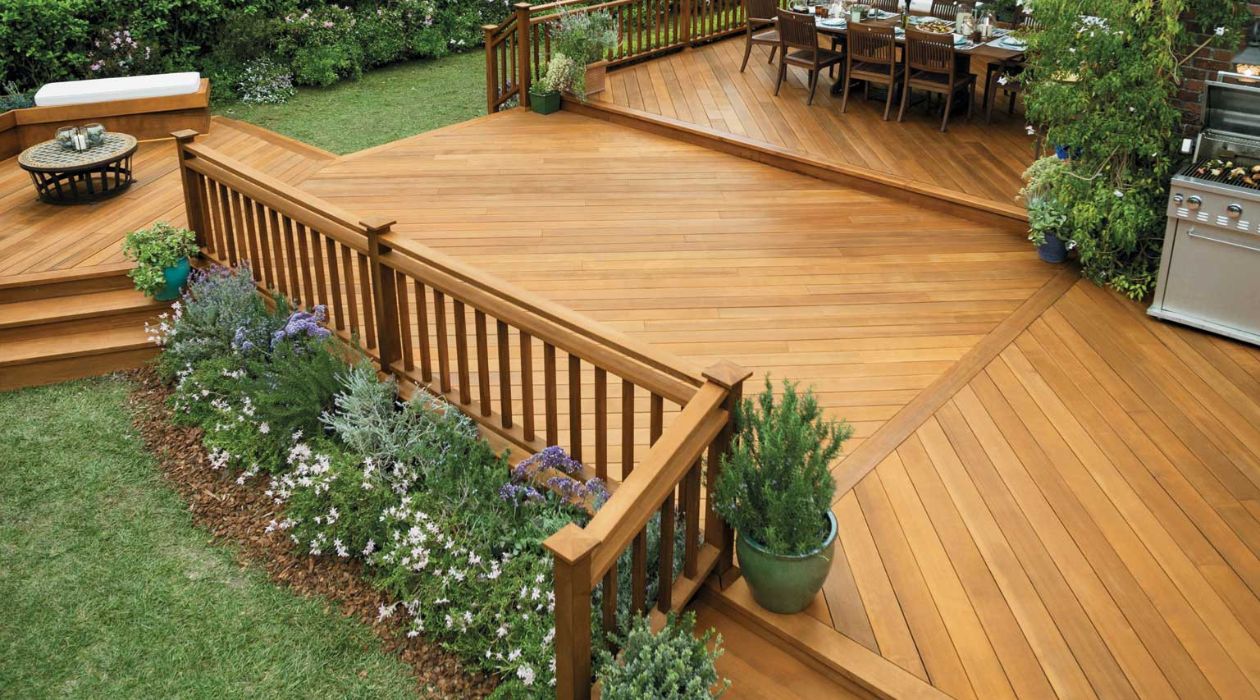

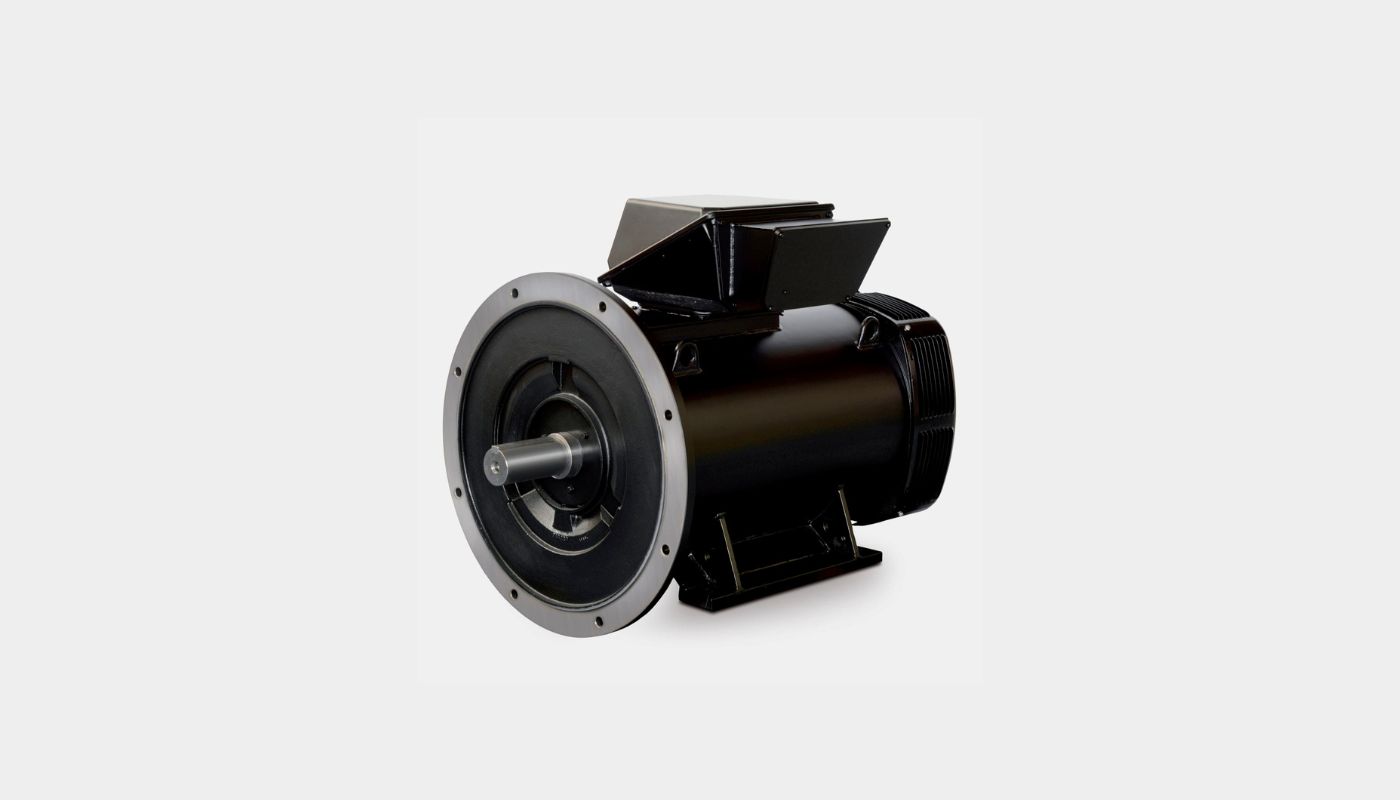
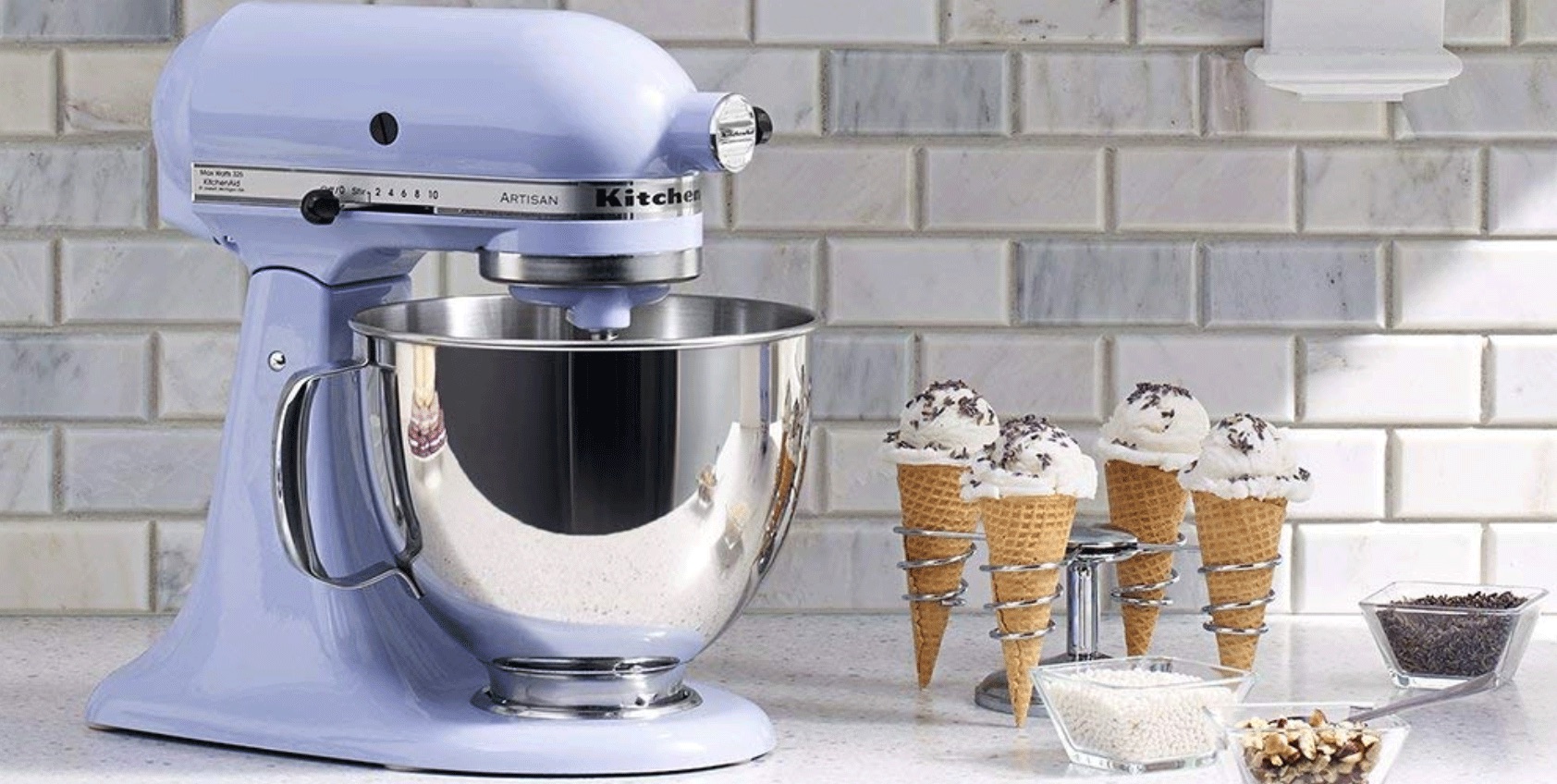
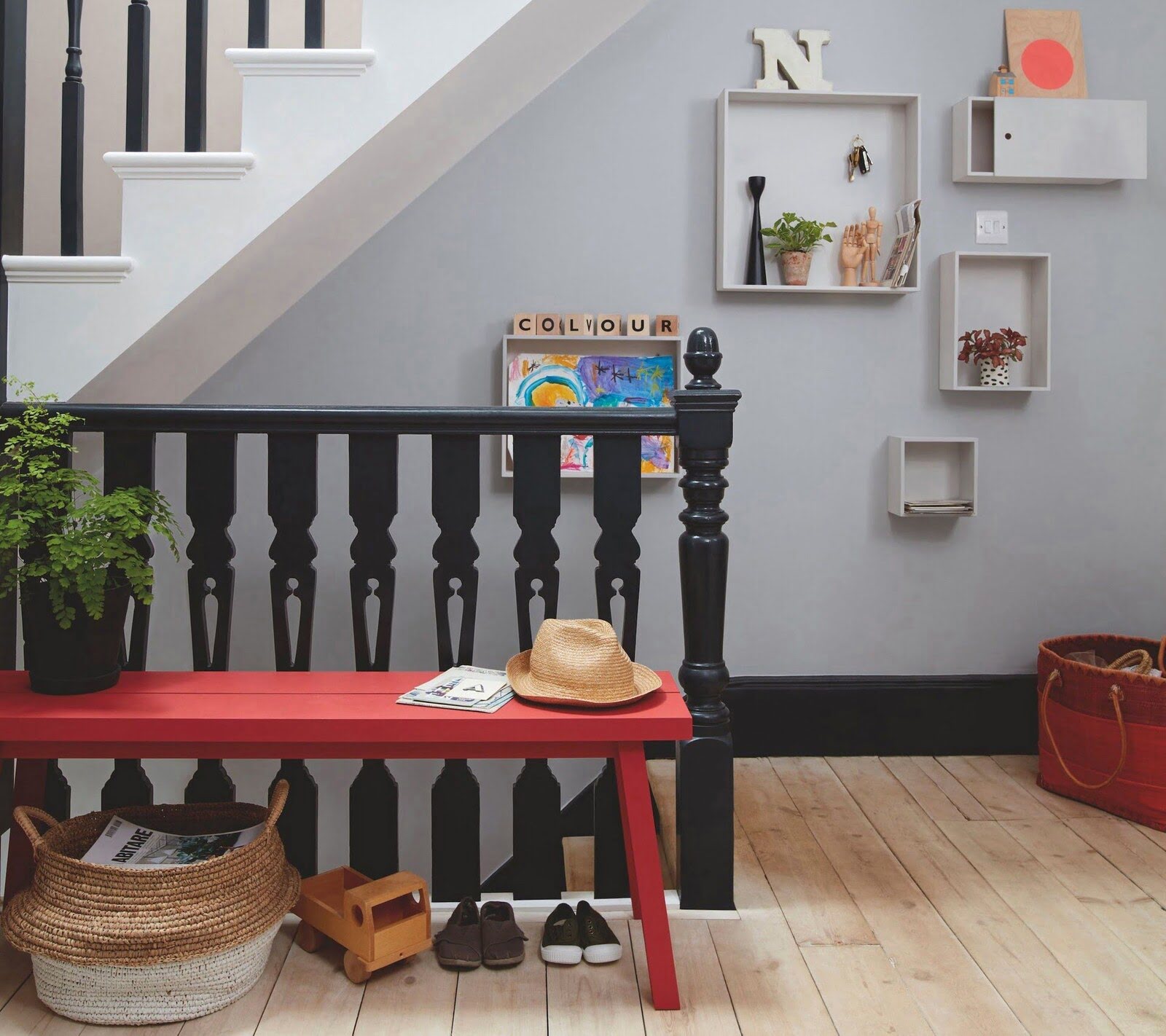
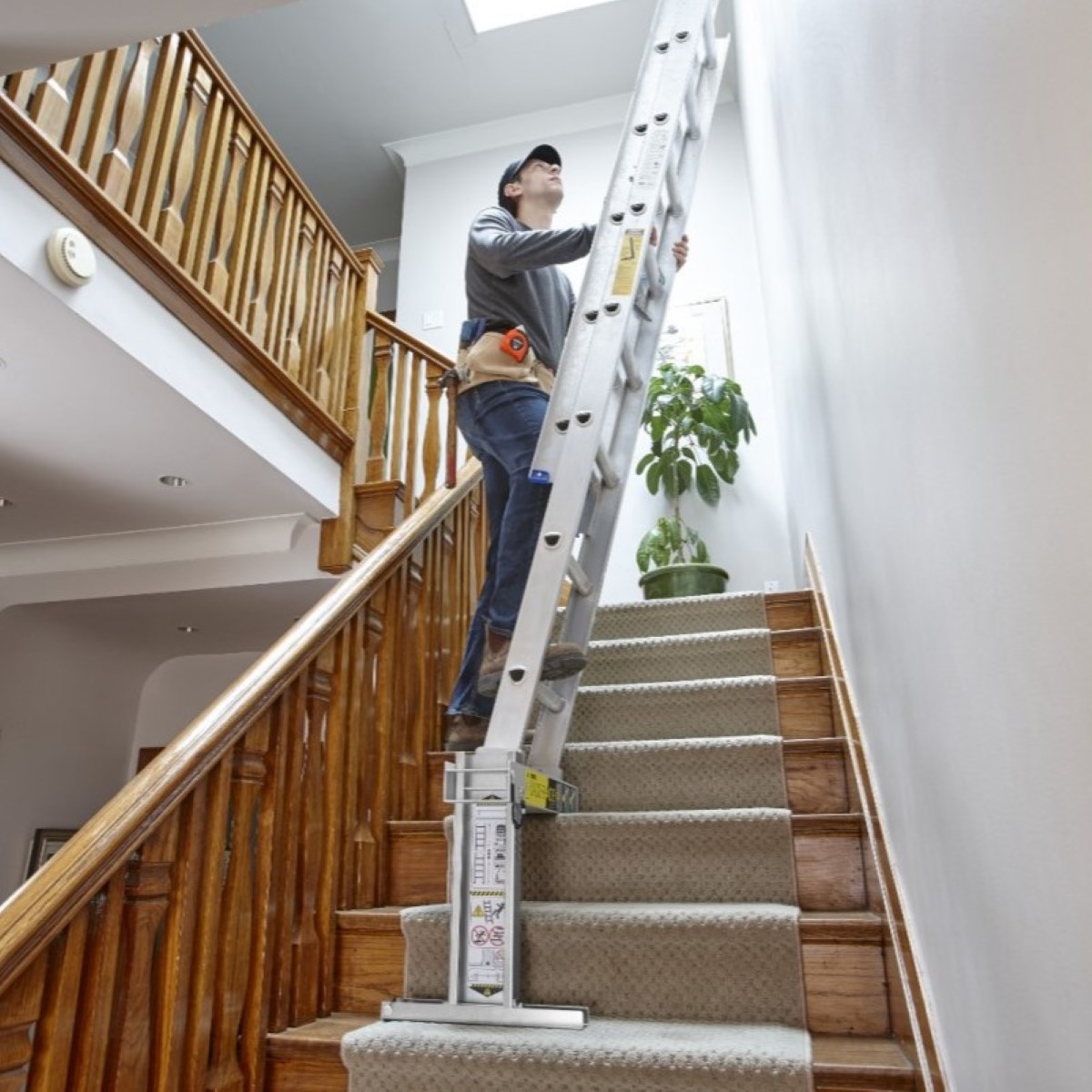

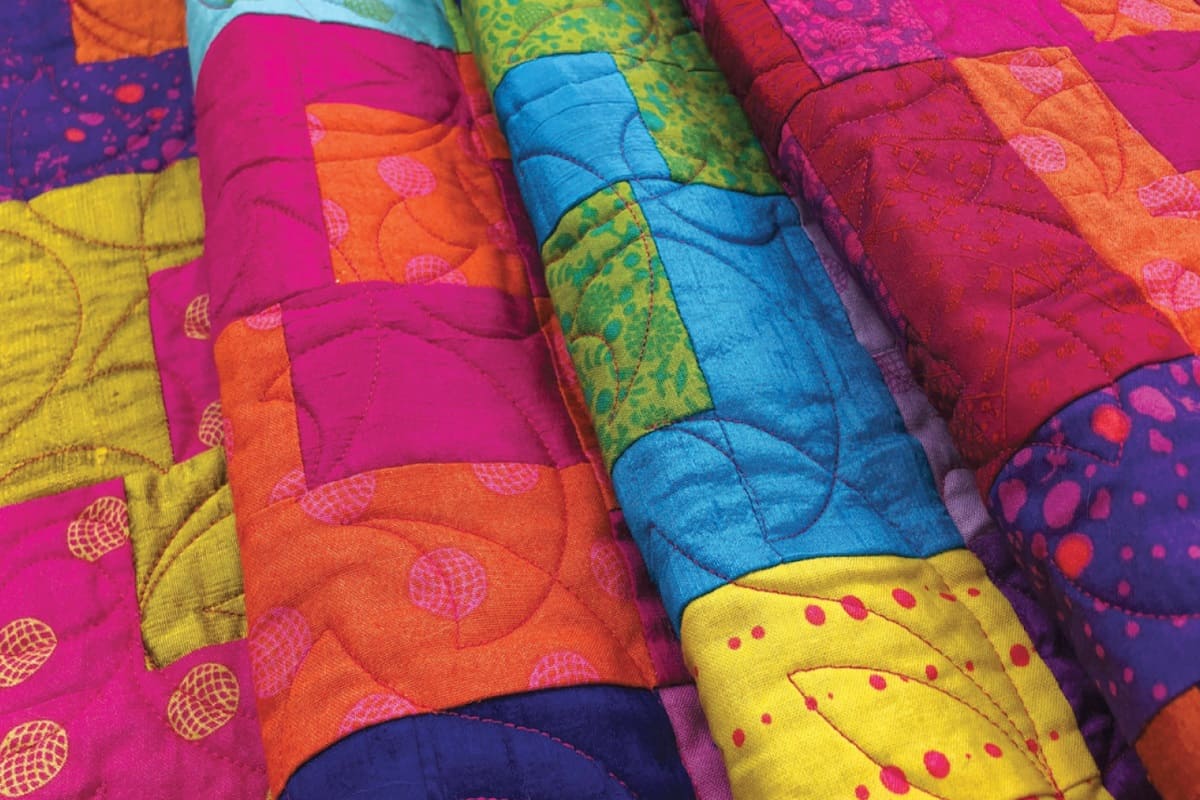
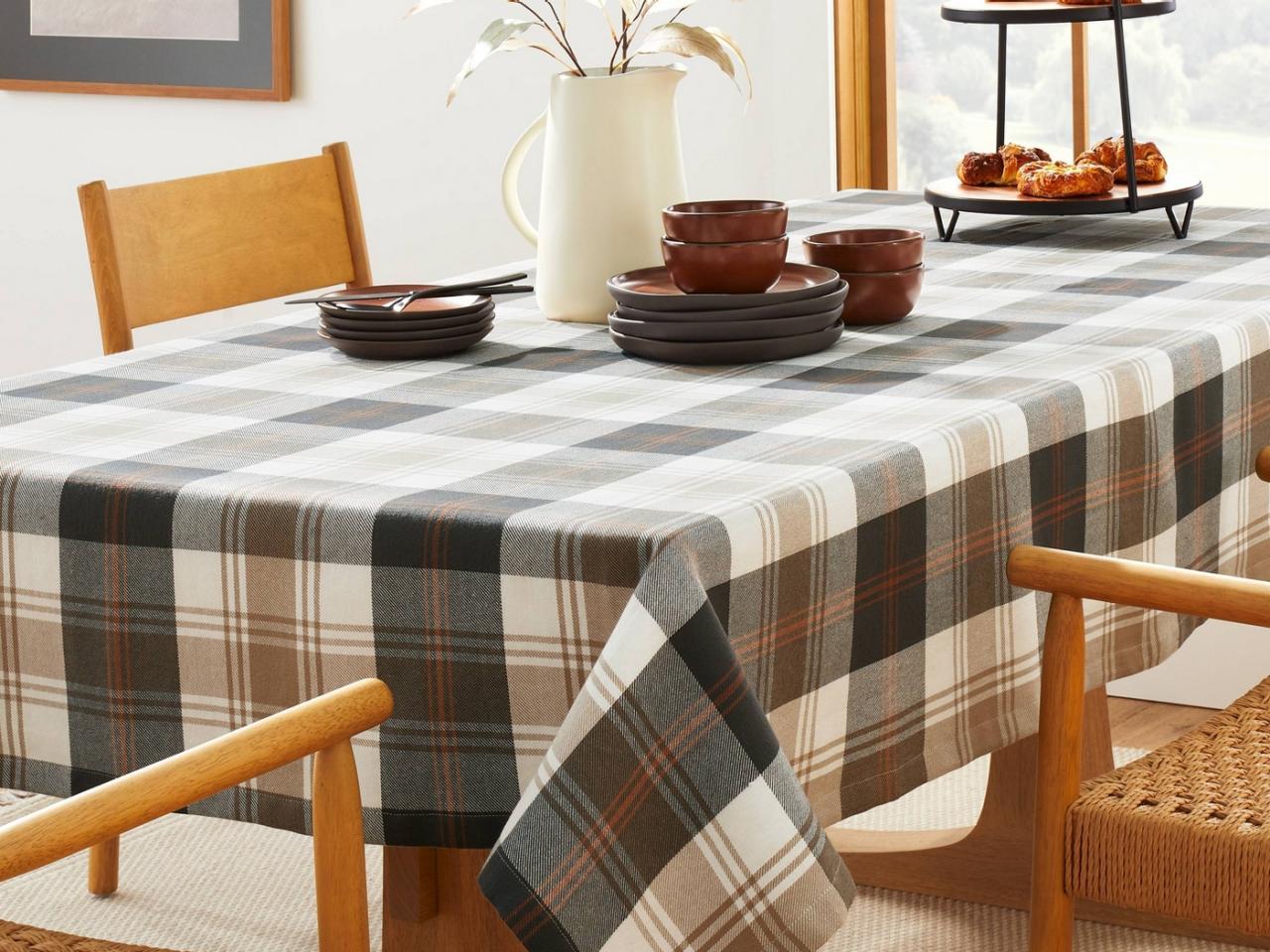


0 thoughts on “How To Choose The Right Color To Paint Basement”